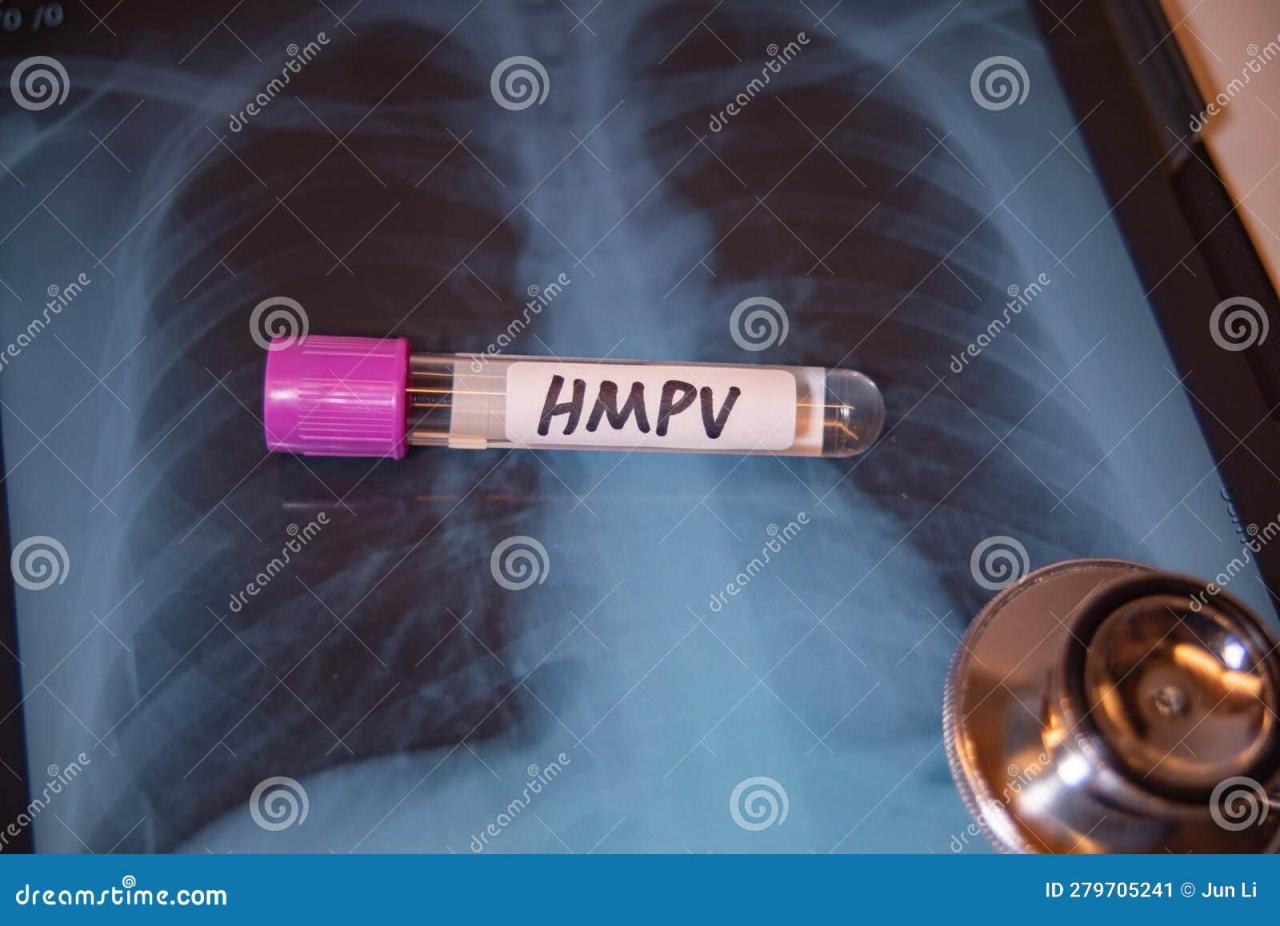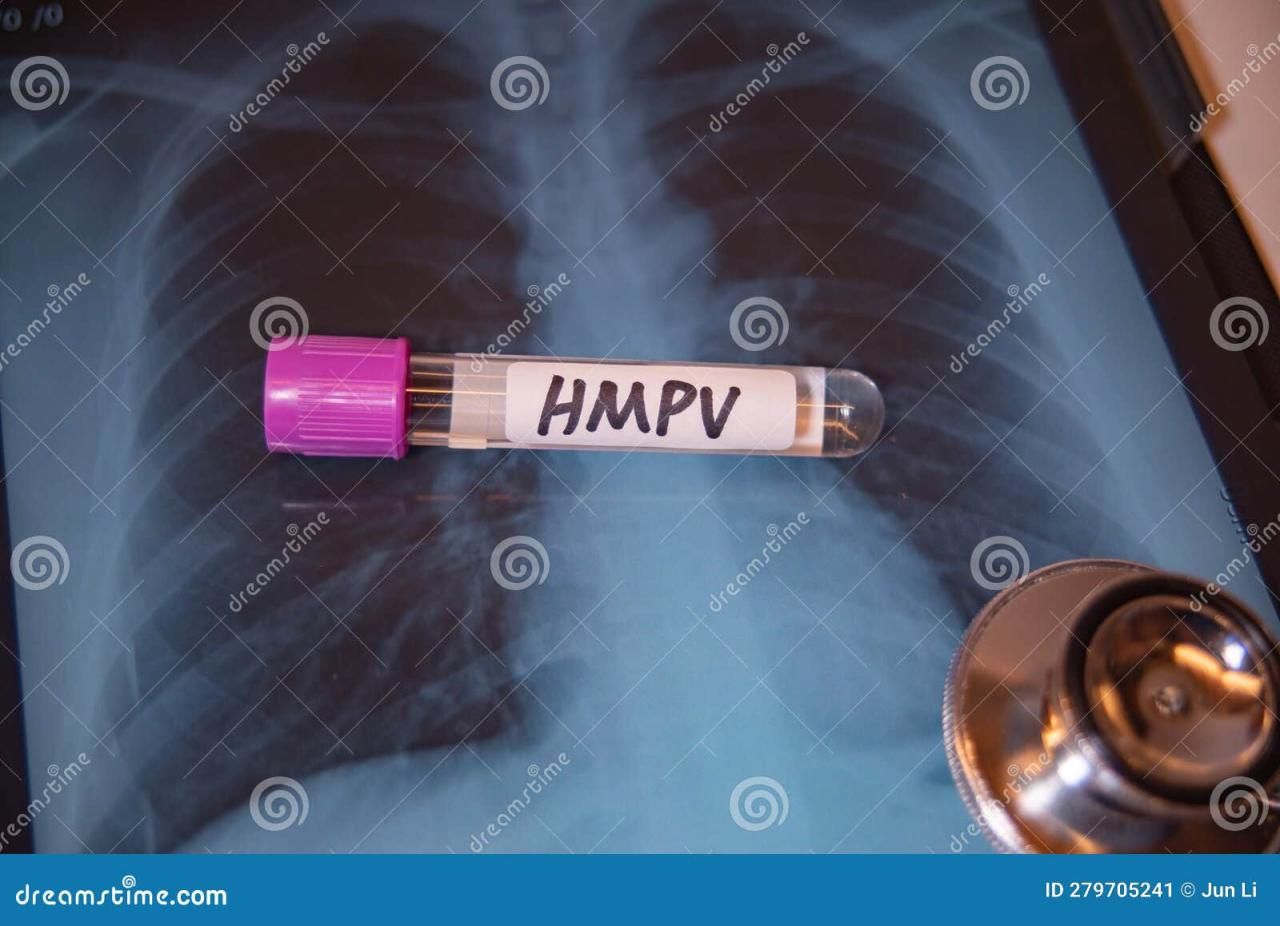Viral disease HMPV is on the rise among kids in China — what is it? Human metapneumovirus (HMPV) is making headlines, causing concern among parents and health officials alike. This respiratory virus, similar to RSV and influenza, is causing a significant increase in childhood illnesses across China. Understanding HMPV’s transmission, symptoms, and treatment is crucial for protecting your children.
This guide provides a clear and concise overview of this concerning outbreak.
We’ll explore the virus itself, detailing its structure, how it spreads, and the symptoms to watch out for. We’ll also cover diagnosis, treatment options, and importantly, prevention strategies to help keep your family healthy. We’ll delve into the specifics of the current situation in China, examining potential contributing factors and the public health response. Let’s get informed and prepared.
Human Metapneumovirus (HMPV): A Rising Threat Among Children in China: Viral Disease HMPV Is On The Rise Among Kids In China — What Is It?
The recent surge in Human Metapneumovirus (HMPV) infections among children in China has raised concerns globally. Understanding this virus, its transmission, symptoms, and treatment is crucial for effective prevention and control. This article provides an overview of HMPV, focusing on its characteristics, spread, and the current situation in China.
Human Metapneumovirus (HMPV): Structure, Genotypes, and Comparison with Other Viruses, Viral disease HMPV is on the rise among kids in China — what is it?

Human Metapneumovirus (HMPV) is a negative-sense, single-stranded RNA virus belonging to the Paramyxoviridae family. Its structure consists of a lipid envelope containing glycoproteins, fusion (F) and attachment (G) proteins, crucial for cell entry. The genome encodes eight genes responsible for various viral proteins. HMPV is categorized into two major genotypes, A and B, each with further subtypes.
Genotype A is often associated with more severe infections, particularly in young children, while genotype B tends to cause milder illness. Compared to other respiratory viruses like Respiratory Syncytial Virus (RSV) and influenza, HMPV shares similar transmission routes and symptoms but often presents with a less severe clinical course than RSV, especially in otherwise healthy children. Influenza, however, exhibits a wider range of severity and can cause more systemic symptoms.
| Virus Name | Symptoms | Transmission Method | Severity |
|---|---|---|---|
| HMPV | Runny nose, cough, fever, wheezing, shortness of breath (can range from mild to severe) | Droplet spread, contact with contaminated surfaces | Generally milder than RSV, but can be severe in infants and those with underlying conditions |
| RSV | Runny nose, cough, fever, wheezing, difficulty breathing (can range from mild to severe, potentially leading to bronchiolitis or pneumonia) | Droplet spread, contact with contaminated surfaces | Can be severe, especially in infants and young children |
| Influenza | Fever, cough, sore throat, muscle aches, fatigue (severity can range from mild to severe, potentially leading to pneumonia or other complications) | Droplet spread, airborne transmission | Variable, ranging from mild to severe, with potential for serious complications |
Transmission and Spread of HMPV

HMPV primarily spreads through respiratory droplets produced during coughing or sneezing. Contact transmission, where the virus is transferred through touching contaminated surfaces and then touching the face, also plays a significant role. Crowded environments like schools and daycare centers facilitate the rapid spread due to increased close contact between children. Asymptomatic individuals, who are infected but show no symptoms, can also transmit the virus unknowingly.
Worried about the HMPV surge hitting kids in China? It’s a nasty respiratory virus, and understanding its impact is crucial. If you’re interested in a career helping those affected, consider looking into surgical tech programs near me – surgical techs play a vital role in patient care, especially during outbreaks like this. Learning more about HMPV and its effects could inspire you to pursue a career in healthcare.
This silent spread makes HMPV control challenging.
An infographic depicting the transmission cycle of HMPV would show a central figure representing an infected individual, with arrows radiating outwards to illustrate droplet spread (depicted as small droplets emanating from the mouth and nose), contact transmission (depicted as hands touching a surface then a face), and environmental contamination (depicted as the virus lingering on surfaces like toys or doorknobs).
The arrows would then loop back to represent the infection of another individual.
Symptoms and Diagnosis of HMPV
HMPV symptoms in children range from mild to severe. Mild symptoms include a runny nose and mild cough. Moderate symptoms can involve fever, wheezing, and increased cough. Severe cases may present with shortness of breath, difficulty breathing, and dehydration. Diagnosis is typically done through PCR testing of respiratory samples (nasal swabs) or rapid antigen detection tests.
These tests can quickly identify the presence of HMPV in infected individuals. Infants and children with pre-existing conditions like asthma or heart disease are at higher risk of developing severe complications.
- Mild: Runny nose, mild cough
- Moderate: Fever, increased cough, wheezing
- Severe: Shortness of breath, difficulty breathing, dehydration
Treatment and Prevention of HMPV

Currently, there’s no specific antiviral treatment for HMPV. Management focuses on supportive care, including rest, fluids, and over-the-counter medications to manage symptoms like fever and pain. Vaccination against HMPV is not yet widely available, although research into HMPV vaccines is ongoing. Preventing HMPV spread relies heavily on hygiene practices like frequent handwashing, covering coughs and sneezes, and avoiding close contact with infected individuals.
Disinfecting frequently touched surfaces is also crucial.
- Frequent handwashing
- Covering coughs and sneezes
- Avoiding close contact with sick individuals
- Disinfecting frequently touched surfaces
The Current Outbreak in China

While precise figures on the current HMPV outbreak in China may vary depending on reporting and data collection methods, news reports indicate a significant increase in cases, particularly among young children. Factors contributing to this rise could include increased population density in certain areas, changes in weather patterns, and potentially reduced immunity following the COVID-19 pandemic. This outbreak mirrors patterns seen in other regions during previous HMPV outbreaks, often characterized by seasonal surges.
Public health responses likely include enhanced surveillance, increased testing capacity, and public health messaging emphasizing preventive measures.
Summary
The rise of HMPV in China highlights the importance of vigilance and proactive measures in protecting children’s respiratory health. While HMPV shares similarities with other respiratory viruses, understanding its unique characteristics and the current epidemiological situation in China is crucial. By implementing preventative measures, such as good hygiene practices and seeking prompt medical attention when necessary, we can mitigate the impact of this outbreak and safeguard the well-being of our children.
Staying informed and taking preventative action is key to navigating this challenge.
So, HMPV is hitting kids hard in China right now – it’s a respiratory virus, kinda like RSV. It’s making headlines, but while we’re on the subject of worrying news, did you hear about this? Apple to pay $95M to settle lawsuit accusing Siri of eavesdropping – talk about privacy concerns! Anyway, back to HMPV, it’s important to keep an eye on the spread and take precautions to protect your little ones.
Clarifying Questions
How long is the incubation period for HMPV?
The incubation period for HMPV is typically 2-6 days, meaning symptoms usually appear within this timeframe after exposure.
Is HMPV contagious?
Yes, HMPV is highly contagious and spreads through respiratory droplets produced when an infected person coughs or sneezes.
Hey parents! Worried about your little ones? Human metapneumovirus (HMPV) infections are spiking in China, affecting kids. Want to learn more about this respiratory virus and how to protect your family? Check out this helpful article: Viral disease HMPV is on the rise among kids in China — what is it? Understanding HMPV is key to keeping your kids healthy during this outbreak.
Are there long-term effects from HMPV infection?
Most children recover fully from HMPV infection without long-term complications. However, in some cases, particularly in infants or those with underlying health conditions, more serious complications can occur.
What over-the-counter medications can help with HMPV symptoms?
Over-the-counter medications like acetaminophen or ibuprofen can help manage fever and pain associated with HMPV. Always follow dosage instructions carefully.
